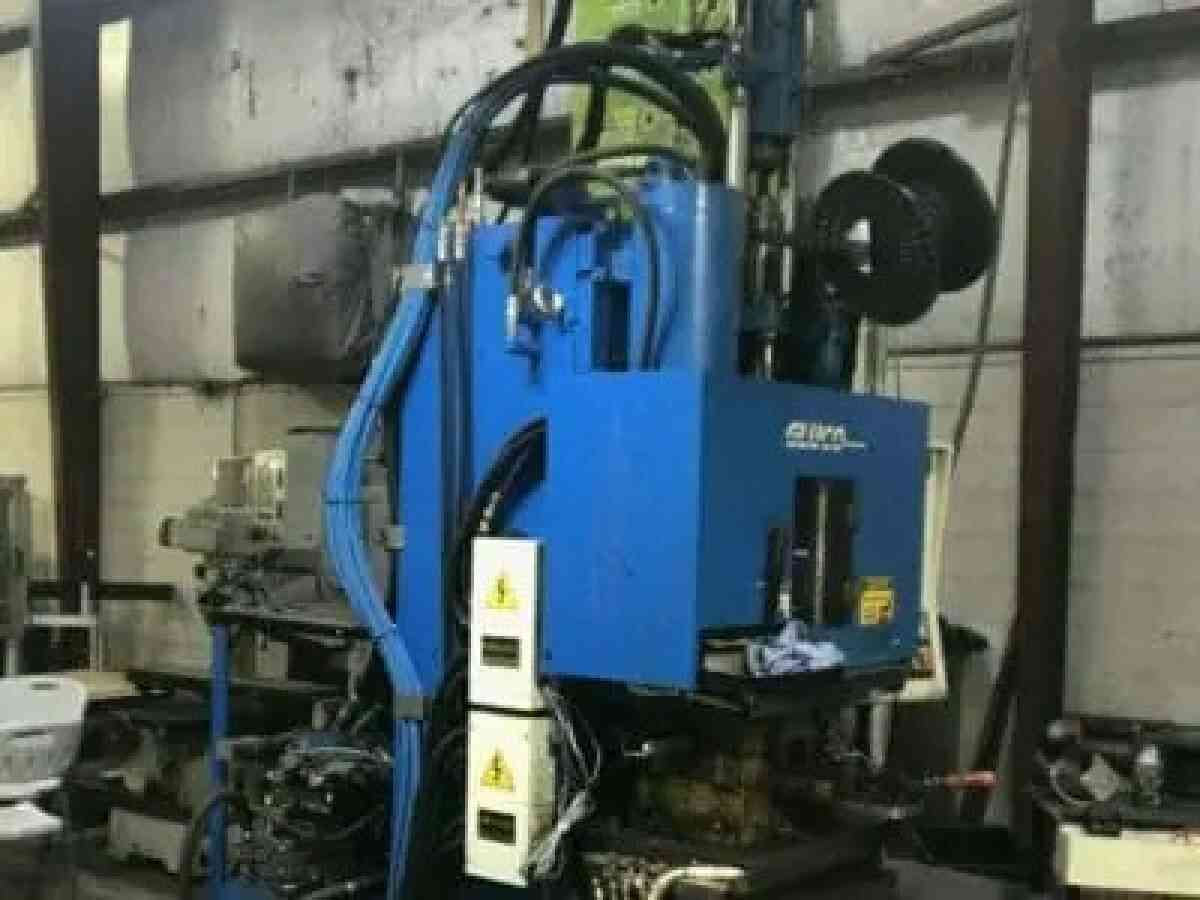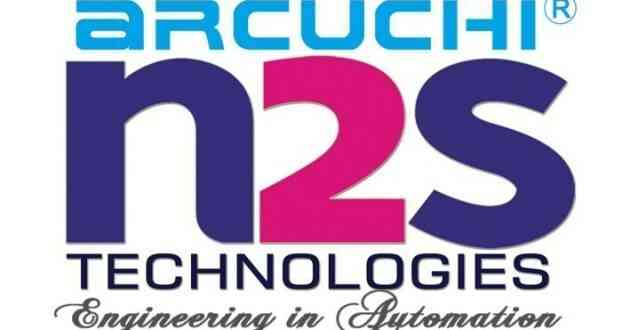Understanding How The Injection Molding Machine Works
- - Category: Industrial
- - 30 Sep, 2022
- - Views: 390
- Save

An njection molding machine is a popular and commonplace tool for forming consumer plastics.
Injection Molding Machine
Injection molding is a popular and commonplace method for forming consumer plastics. If you’re in the market for a used injection molding machine, then you might have some questions about your upcoming purchase. This post covers the bare necessities needed to understand what the equipment does, how it works, and applications on the consumer and industrial markets.
How does a plastic injection molding machine work?
With an injection molding machine, molten material is kept inside the injection unit and is continuously heated when inside. A motorized screw feeds the molten material through to the mold at high pressure, controlling the screw position and injection pressure to ensure the exact amount of material is fed through.
What is the process of injection molding?
Injection molding involves five distinct steps from preparation to completion:
- 1. Creating a mold. The molds used in injection molding are hollow negatives of the part that is being produced. They are made of metal block and have holes for temperature control. The molten plastic is injected into the cavity, and after the product is cooled at a controlled pace, the mold is opened, and the piece is ejected.
- 2. Installing the mold into a specific machine. Injection molding machines are very expensive when bought new, but there are many options for machines on the used market. The mold is placed into the machine and the two halves are pressed firmly together. Pelleted material is then fed into the machine where it is melted and prepared for injection.
- 3. Injection of the material. The plastic is ejected from the machine into the mold by the helical screw mechanism which forces the plastic through the tip and into the mold cavity.
- 4. The material is cooled. There are several options for cooling, depending on the type of plastic used and the size of the mold. Typically, air, water, or oil is used to cool the product at a controlled rate.
- 5. Ejection of the part. Once it is cooled thoroughly, the mold is opened, and the part is ejected. The process then repeats.
Recycling excess material
Excess materials are cut off, and the runners—the parts of the product that remain from the injection process—are removed, ground up, and recycled.
What are some applications for products made with a plastic molding machine?
Food and beverage: Where BPA-free and non-toxic materials are required to be manufactured in a sterile environment, injection molding is an excellent choice. Bottle caps and plastic food containers are just some of the products created from this method.
Automotive parts: The hard plastics inside your vehicle were probably injection molded, from dashboards to cupholders to exterior components like door handles and fenders.
Medical and pharmaceutical: The medical industry requires high quality shatterproof products that are affordable and can be produced quickly as demand rises. Injection molding is the perfect balance between affordability and turnaround time for this industry.
Household products: From the construction materials used in the building of houses and commercial buildings through to the Tupperware containers inside your fridge, injection molded products are everywhere in our houses.
Agriculture: Reinforced plastic parts can surpass the longevity of metal parts often needed in agriculture with increased UV protection and humidity and impact resistance.
Electronics: Everything from televisions to computer peripherals come from the injection molded process, including computer mice, plastic housing for laptops and computers, and the remote controls used for your television set.


